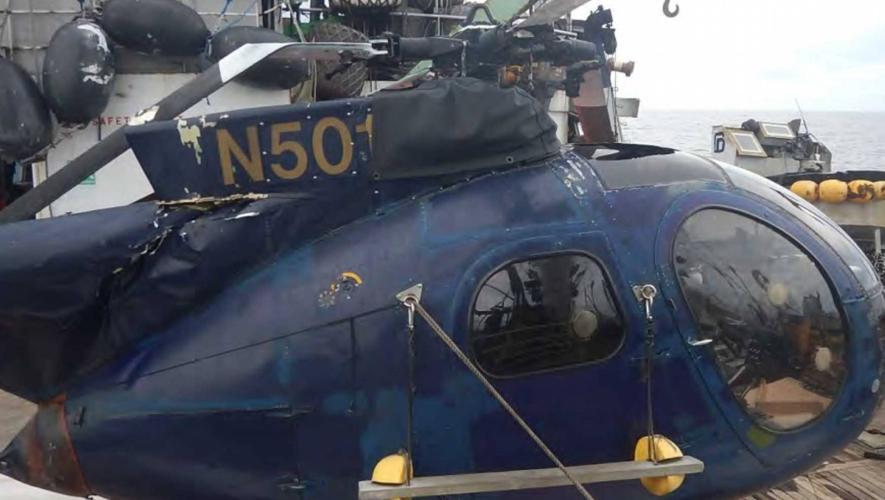AgustaWestland and Eurocopter might be competitors in the helicopter market, but they seem to be decidedly good friends when it comes to defining rotorcraft for the future. In addition to partnering on the Erica tiltwing research project, they have joined forces on another European-funded project, dubbed Friendcopter.
The goal of the project is to create a helicopter that is quieter outside and inside. Friendcopter aims to reduce the acoustic footprint area by 30 to 50 percent and fuel burn by 6 percent in high-speed flight. In addition, the project aims to have cabin noise levels of less than 75 dBA. Cabin vibrations should be reduced to less than 0.05 g.
To achieve the footprint objective, the companies are testing new approach procedures based on decelerated descents. The idea is to avoid blade interactions with vortices created by the preceding blade. “Normal approaches are flown at the speed of best climb, around 60 to 70 knots; decreasing this value by 10 to 20 percent appears to be promising,” project manager Valentin Klöppel told AIN.
The companies are also working to make the engine quieter. Their approach is twofold, to reduce noise at both the intake and exhaust. Researchers are currently assessing adding noise-absorbing foams, but these add weight.
They are also considering creating cavity resonators, holes of a given depth and aperture diameter inside the intake or exhaust. “They transform acoustic energy into air oscillations,” Klöppel explained. In other words, the air mass in the hole acts like a spring. The one in the aperture area can be considered as an oscillator mass. The resonator’s geometrical dimensions allow for frequency tuning.
Engine maker Turbomeca will test the foams and the resonators next summer using an Arrius 2B2 on a test rig. Flight-tests are expected to follow.
The main gearbox, located above the heads of the occupants, is another source of noise the engineers are targeting. “This structure-born noise is transmitted by fixed rods that link the gearbox to the cabin,” Klöppel said. He explained that the noise is produced by the teeth on the wheels.
The group has successfully flight-tested on the BK 117 a system that uses counter-noise actuators. “We have eliminated the main term, which equates to the rotation speed times the number of teeth,” Klöppel said.
In the cabin, Friendcopter researchers are looking for acoustic leaks in the airframe and interior panels. French aerospace research agency Onera is investigating panels that vibrate to counter the noise and passive panels to dampen it.
Researchers have found a way to reduce the “wop wop” noise of the rotor. Installation of piezoelectric actuators into the blade’s skin allows for in-flight geometry change. The actuators are currently positioned on the outboard trailing edge. Later on, they could cover larger areas of the outboard. The idea is to twist the blade by servo effect. This technology can be used to reduce vibrations.







